
“They’re all gone.”
For millions of people who recall the slaughter unleashed by Palestinian terrorists at the 1972 Olympics in Munich, those words are indelible. They were spoken by ABC’s Jim Mckay—the man behind the famous “thrill of victory, agony of defeat” introduction to the network’s long-running show, Wide World of Sports—when he learned that Israeli athletes and coaches taken hostage by terrorists from the group Black September had been murdered.
McKay, a sportscaster who assumed the duties of a news anchor as one of the most shocking events of the 1970s unfolded on live TV, acquitted himself with unforgettable grace and intelligence as the story grew more abominable with each passing hour.
In fact, the simple, unadorned way that McKay reported the news that the Israeli hostages had, in fact, been killed still resonates today, four decades after the event:
“When I was a kid,” McKay began, in a strangely, comfortingly conversational tone, when he got word of what had happened, “my father used to say, ‘Our greatest hopes and our worst fears are seldom realized.’ Our worst fears have been realized tonight. They have now said there were eleven hostages; two were killed in their rooms yesterday morning, nine were killed at the airport tonight. They’re all gone.”
[See footage of McKay’s announcement]
There were hundreds of journalists from all over the world covering the 1972 Olympics, so the Black September assault and the murder of the Israeli athletes was, in fact, the very first time that a terror attack was reported and broadcast, in real time, across the globe. Among those journalists was LIFE magazine’s Co Rentmeester, a 36-year-old Dutch-born photographer who had distinguished himself (and been wounded by a sniper) while covering the war in Vietnam, and whose photography at the ’72 Olympics resulted not only in the chilling images presented in this gallery, but also in some of the most memorable sports pictures made at those Games.
Here, five decades after the murders, LIFE.com presents Rentmeester photos that ran in LIFE—including one image (the first in this gallery) that for countless people became the photograph from the Munich Massacre: a portrait of, in the magazine’s phrase, “a masked figure of doom.”
In the end, 17 people died during the Black September attack: six Israeli coaches, five Israeli athletes, five of the eight terrorists and one West German policeman. Three terrorists were captured, but were later released by the West Germans. According to multiple reports (long denied by Israel) Israeli security agents later tracked down and killed many of those believed to be responsible for the Munich attack.

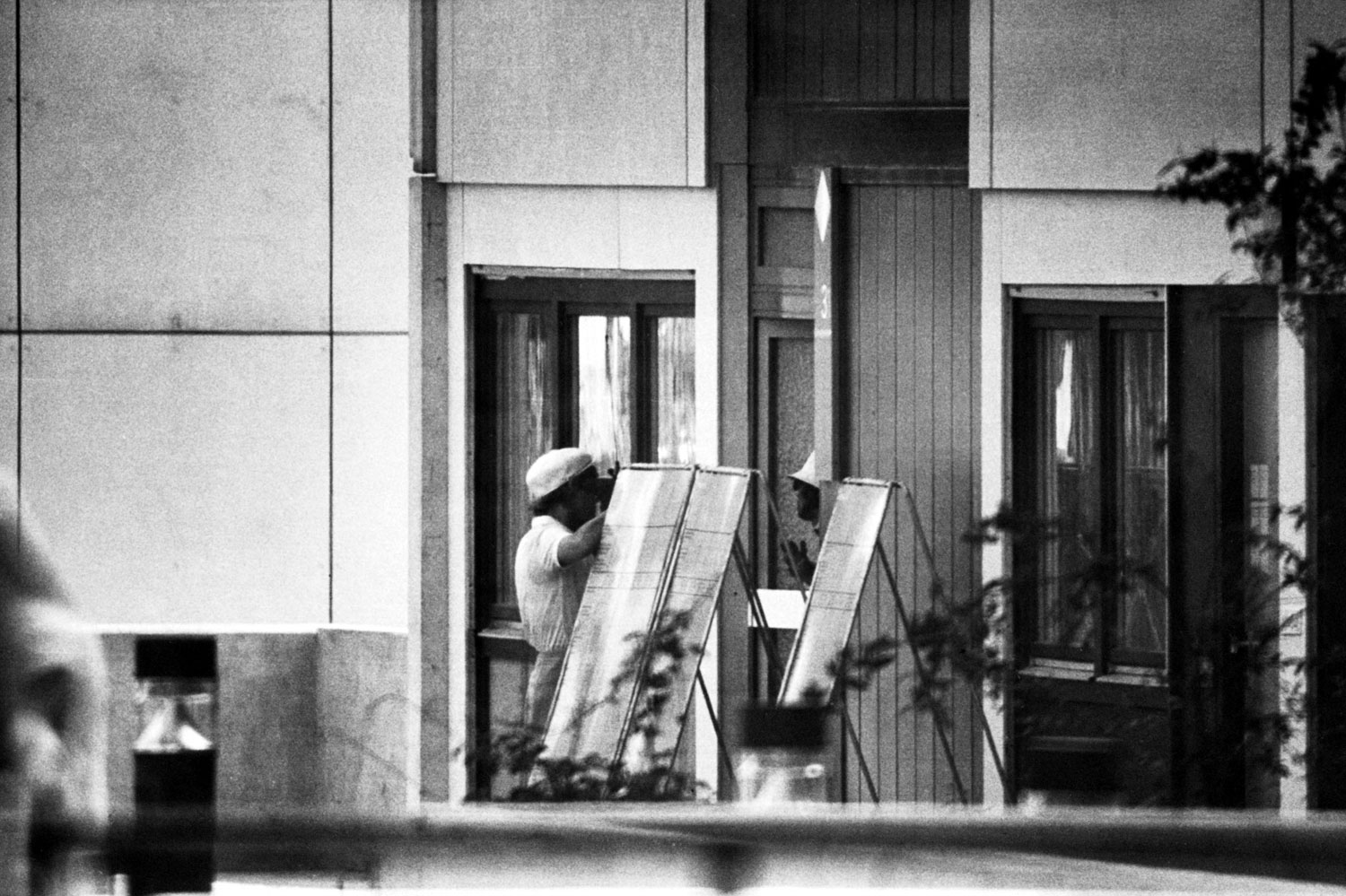

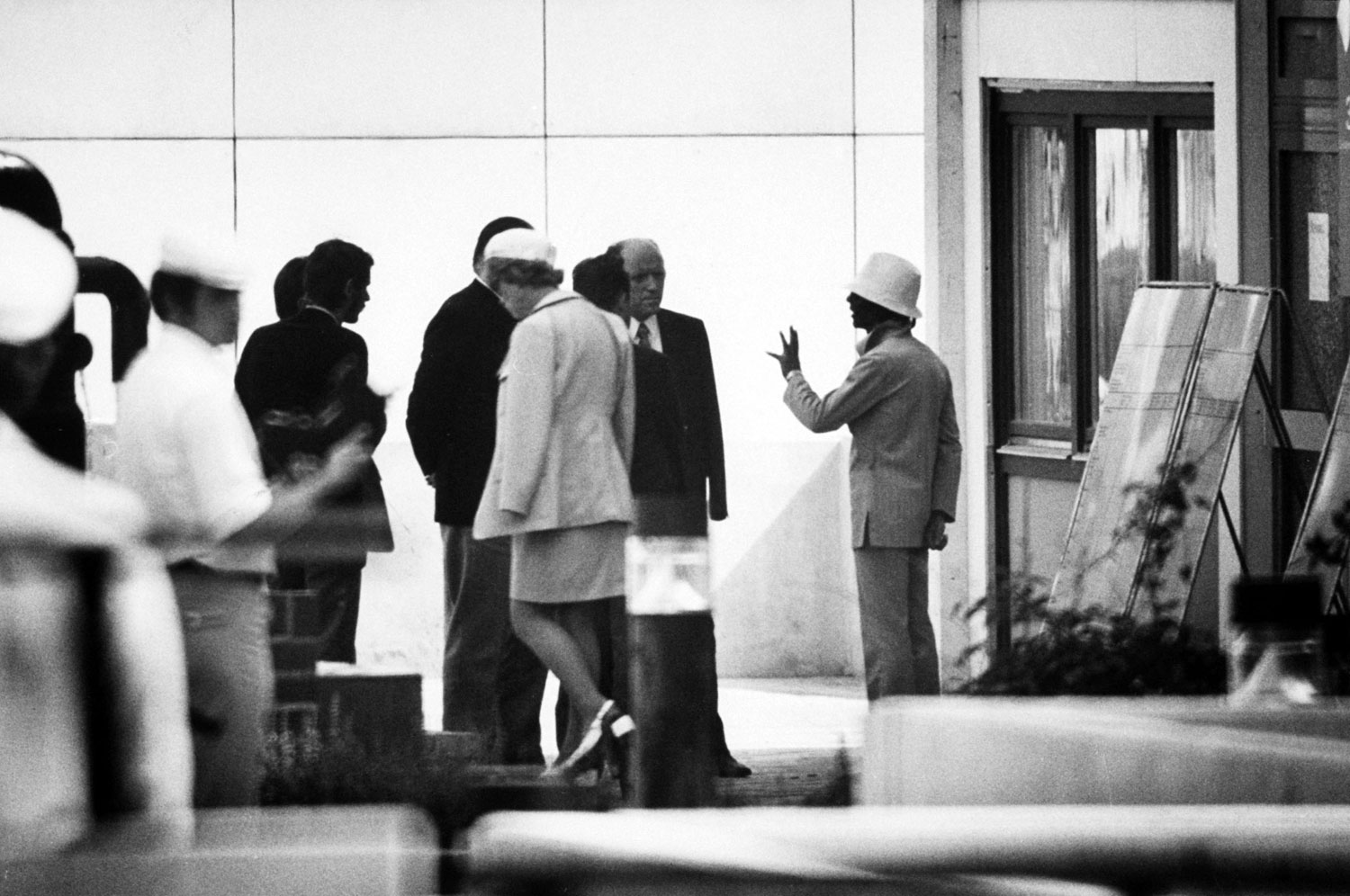
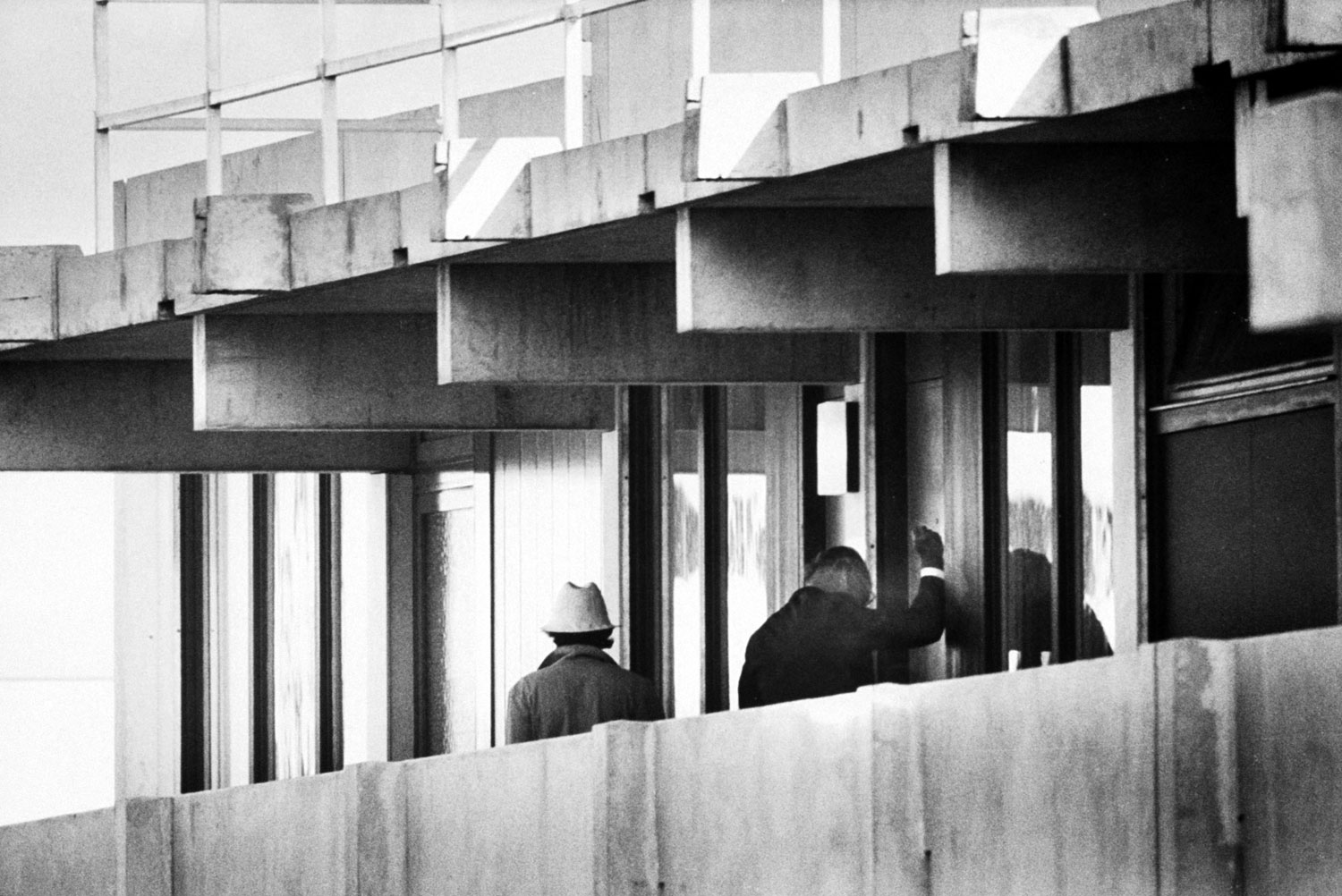
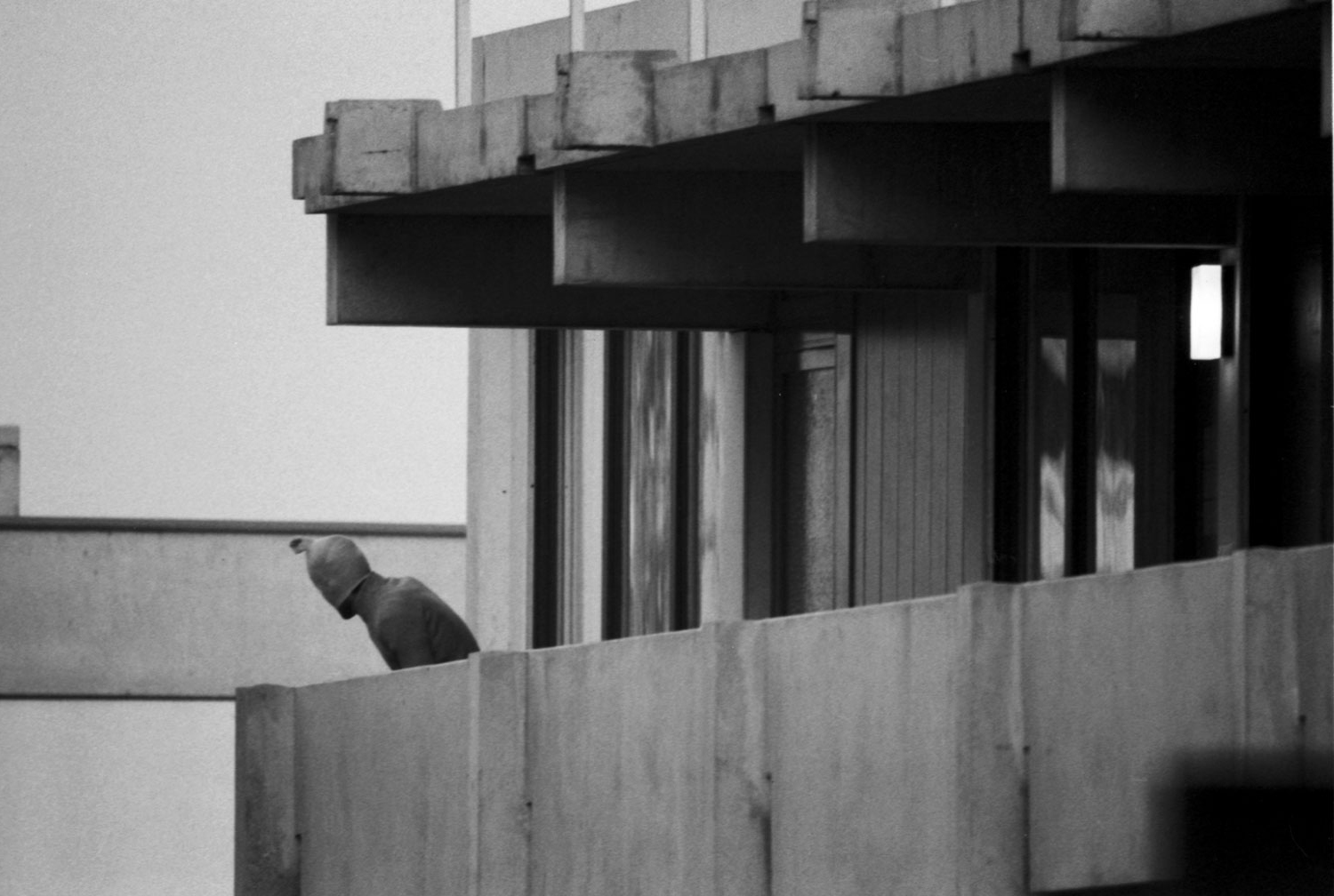
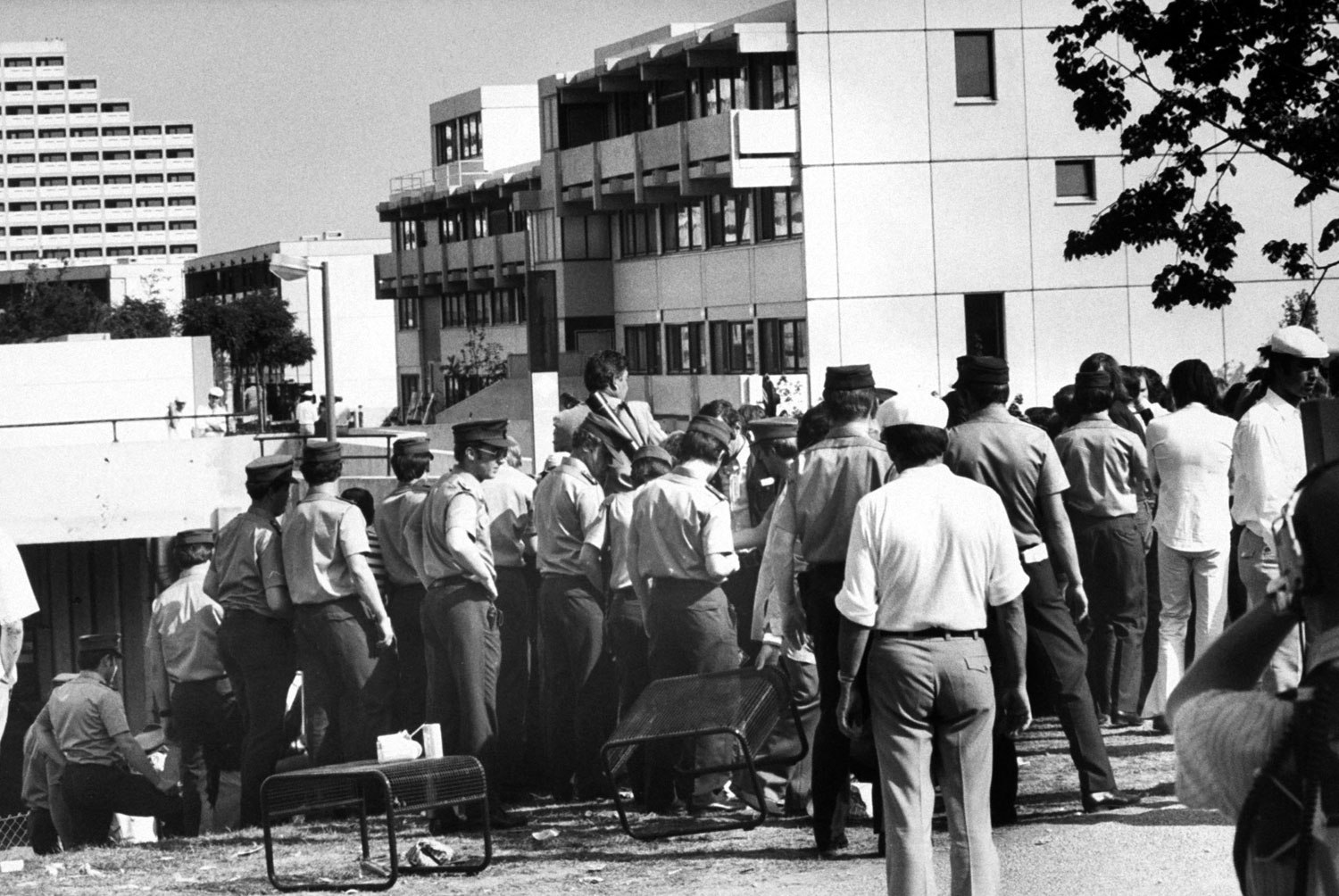



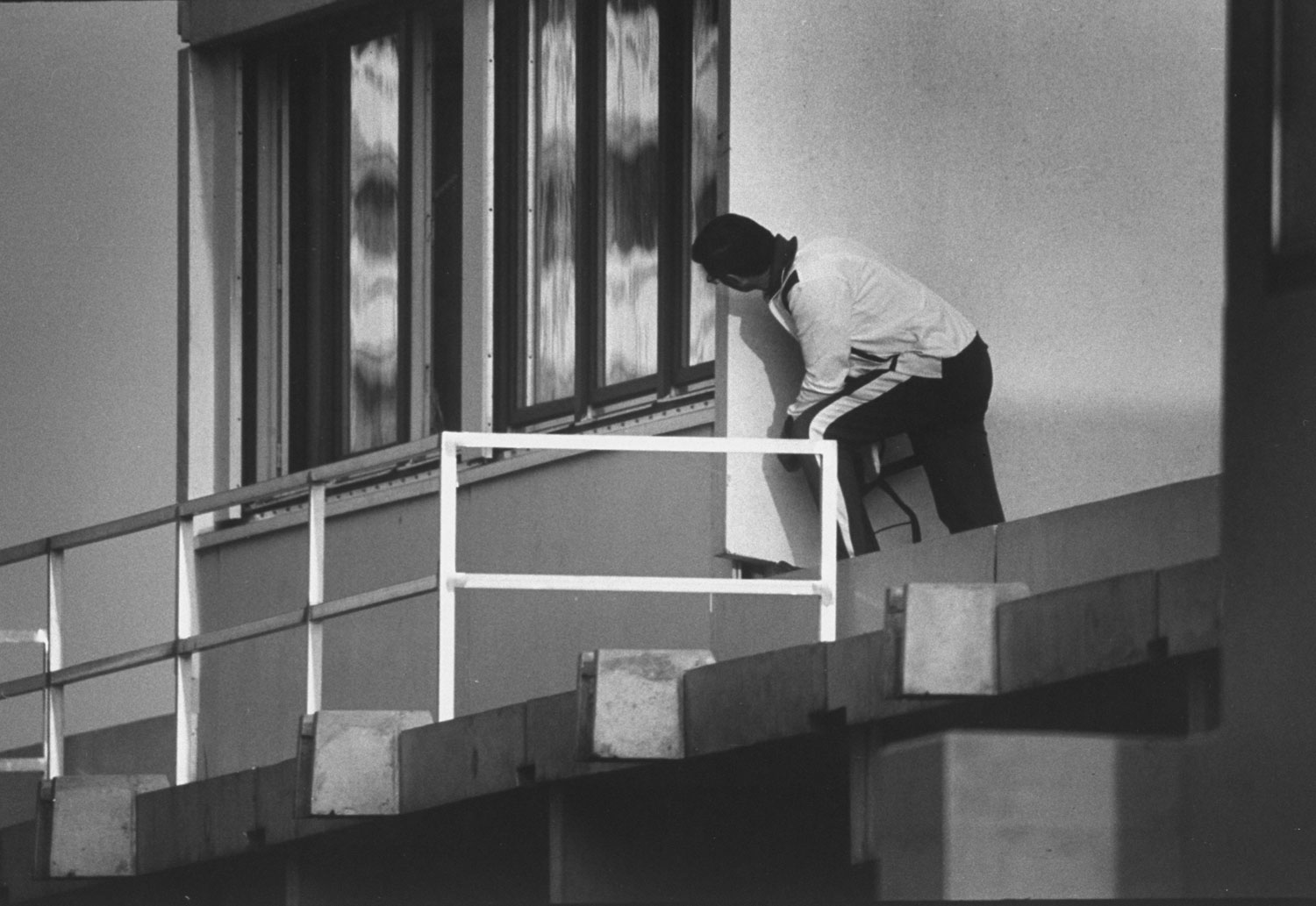
More Must-Reads from TIME
- Donald Trump Is TIME's 2024 Person of the Year
- Why We Chose Trump as Person of the Year
- Is Intermittent Fasting Good or Bad for You?
- The 100 Must-Read Books of 2024
- The 20 Best Christmas TV Episodes
- Column: If Optimism Feels Ridiculous Now, Try Hope
- The Future of Climate Action Is Trade Policy
- Merle Bombardieri Is Helping People Make the Baby Decision
Contact us at letters@time.com